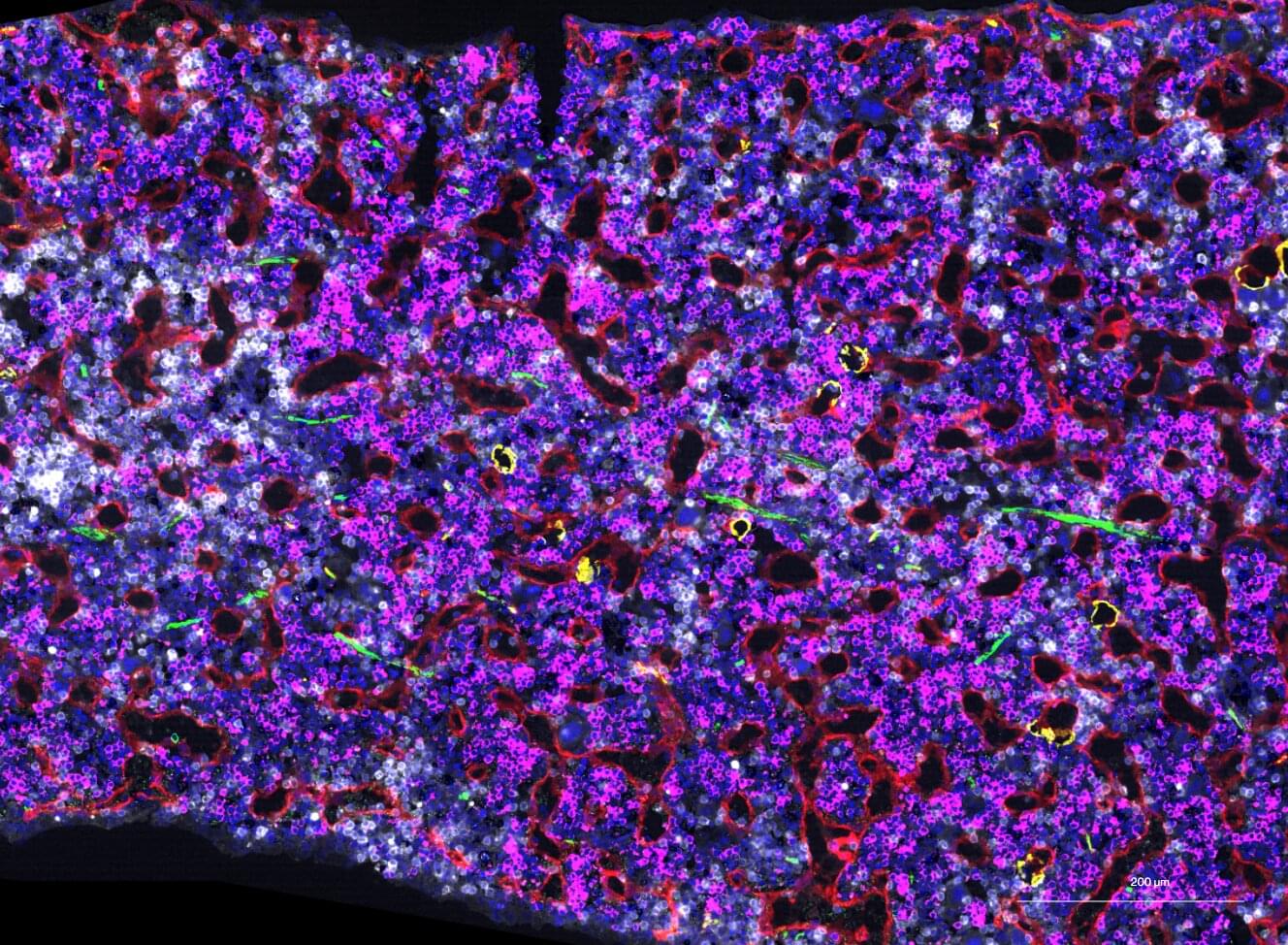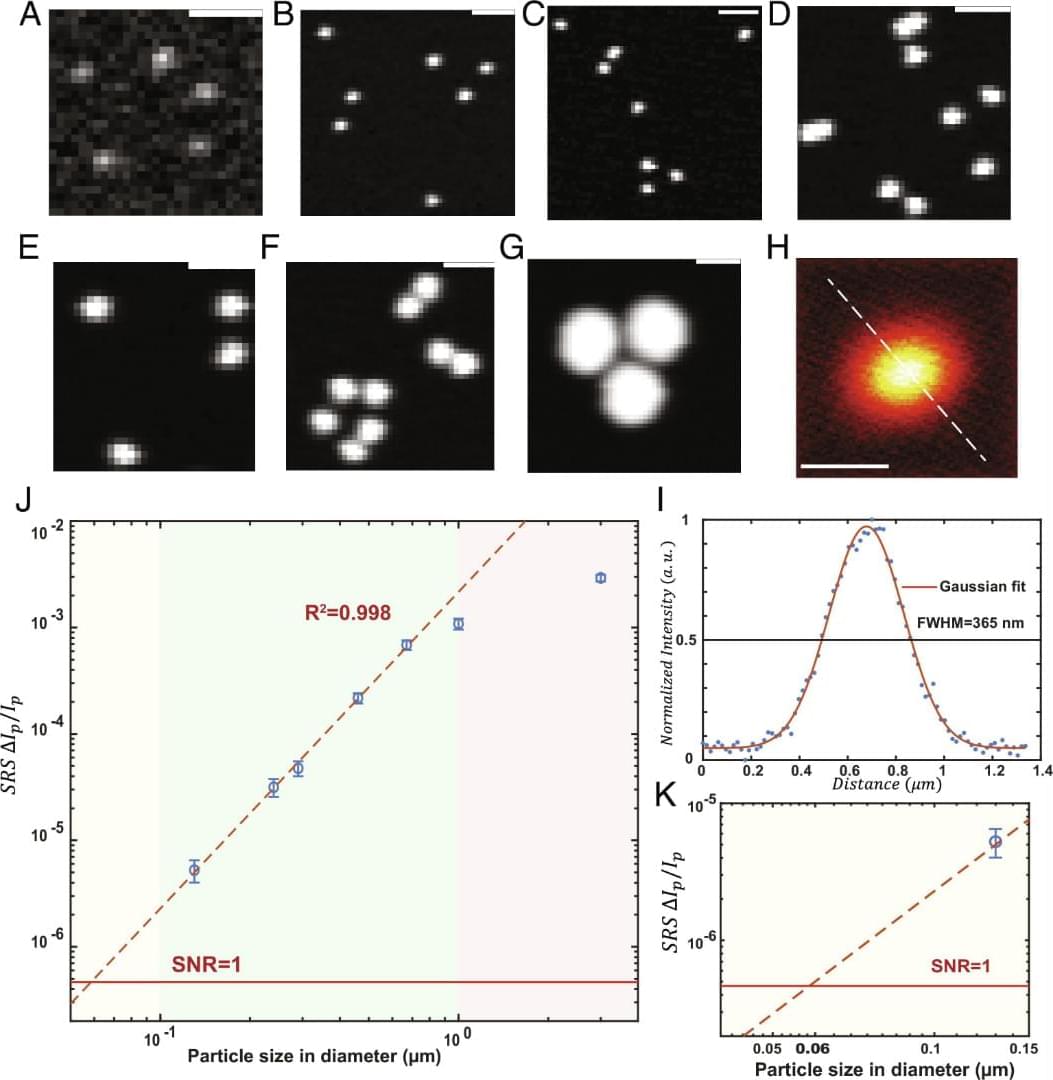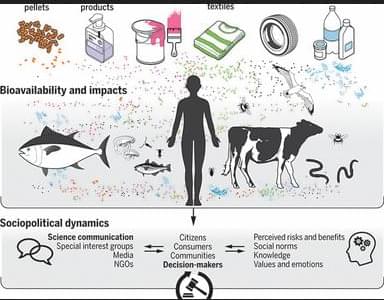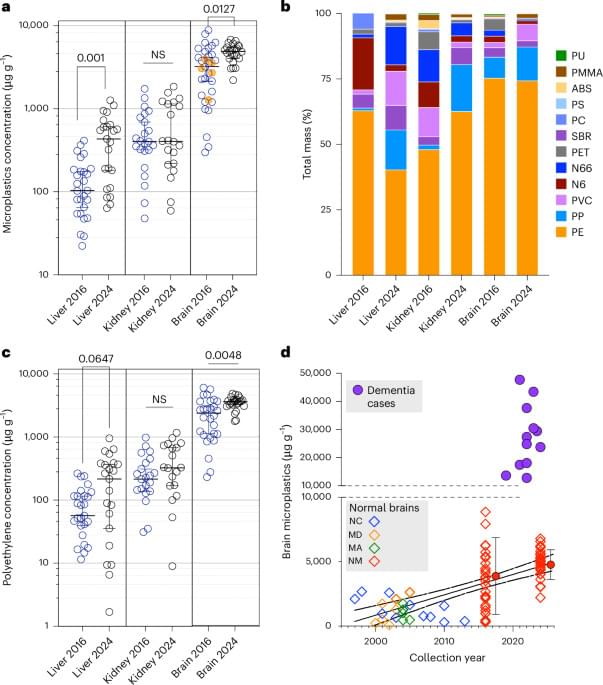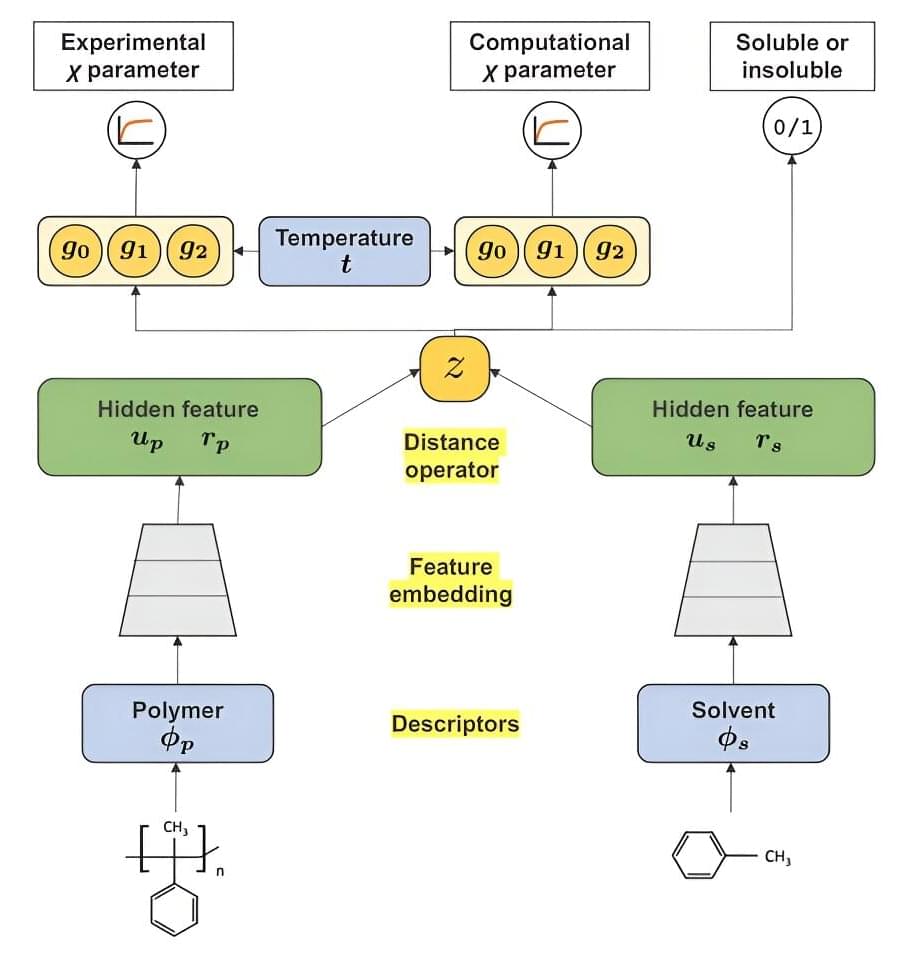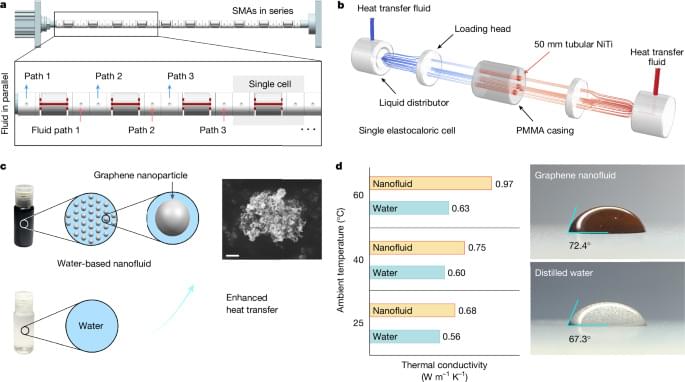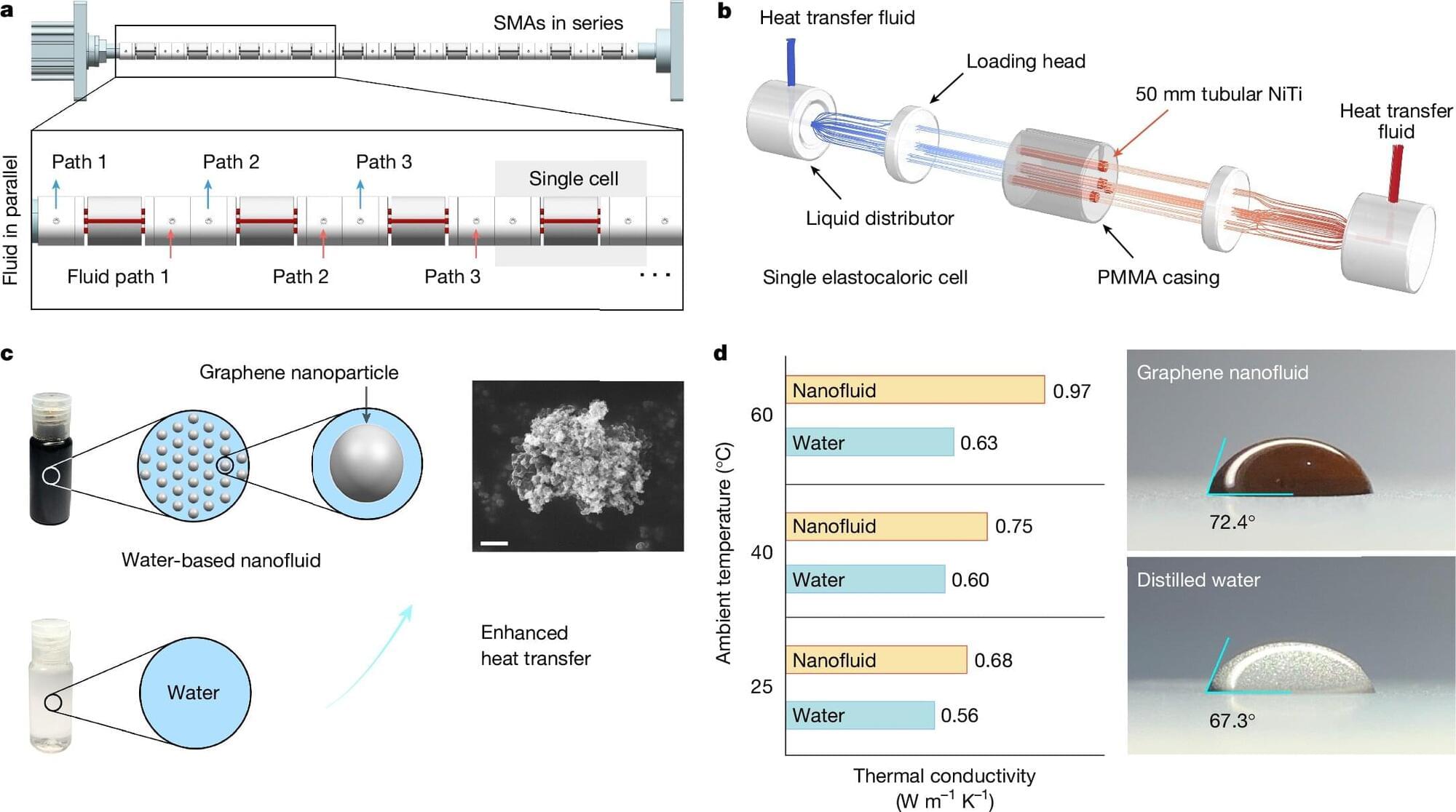Prostate cancer statistics can look scary: 34,250 U.S. deaths in 2024. 1.4 million new cases worldwide in 2022. Dr. Bruce Montgomery, a UW Medicine oncologist, hopes that patients won’t see these numbers and just throw up their hands in fear or resignation.
“Being diagnosed with prostate cancer is not a death knell,” said Montgomery, senior author of a literature and trial review that appeared in JAMA today. Montgomery is the clinical director of Genitourinary Oncology at Fred Hutch Cancer Center and University of Washington Medical Center, and a professor of medicine and urology at the UW School of Medicine.
He encourages patients to ask their primary-care doctor specific questions about this cancer too. Montgomery also encourages his fellow doctors to bring up the question of prostate cancer screening with their patients.

